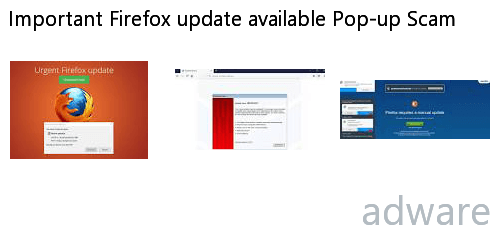
Identify yourself and explain why you’re contacting them.
If you think there’s a chance the request could be valid – such as updating a payment card expiration date – contact a company’s customer service staff by looking up and dialing an official telephone number or by typing in an official web address. Don’t call phone numbers listed in the email or texts. They probably want you to go to a fake website to fill out forms so they can collect information that can be used to steal your money or ID, or they might place malware on your device if your download an attachment. Don’t click any links or download attachments to verify anything. And if there is some threat involved – such as fines or closing your account – it’s very likely a hoax.Įxperts recommend the following things if you happen to get one of these unsolicited ‘update account information’ messages: If the message contains misspellings or bad grammar, it could be a scam. If an email or text asks for usernames, passwords, a Social Security number, financial account numbers or other detailed data, there’s a good chance it’s a scam. They want you to panic and send the information being requested. These kinds of phishing emails target human nature to fix problems. And it all looks real because the scammers are using official identifying logos and domain names that are similar to the company’s actual name. Or it will say your card on file is no longer working. It might say the company is updating all customer information. The message might mention problems with an order or a payment. ‘Update account’ scams are common and can look frighteningly real. It could very well be a scam to steal your money or your personal information. 
What should you do? Start by being skeptical. Part of your daily routine probably includes checking email or catching up on texts – all pretty normal stuff until you see something about an urgent account problem or an update that needs to be made NOW.





 0 kommentar(er)
0 kommentar(er)
